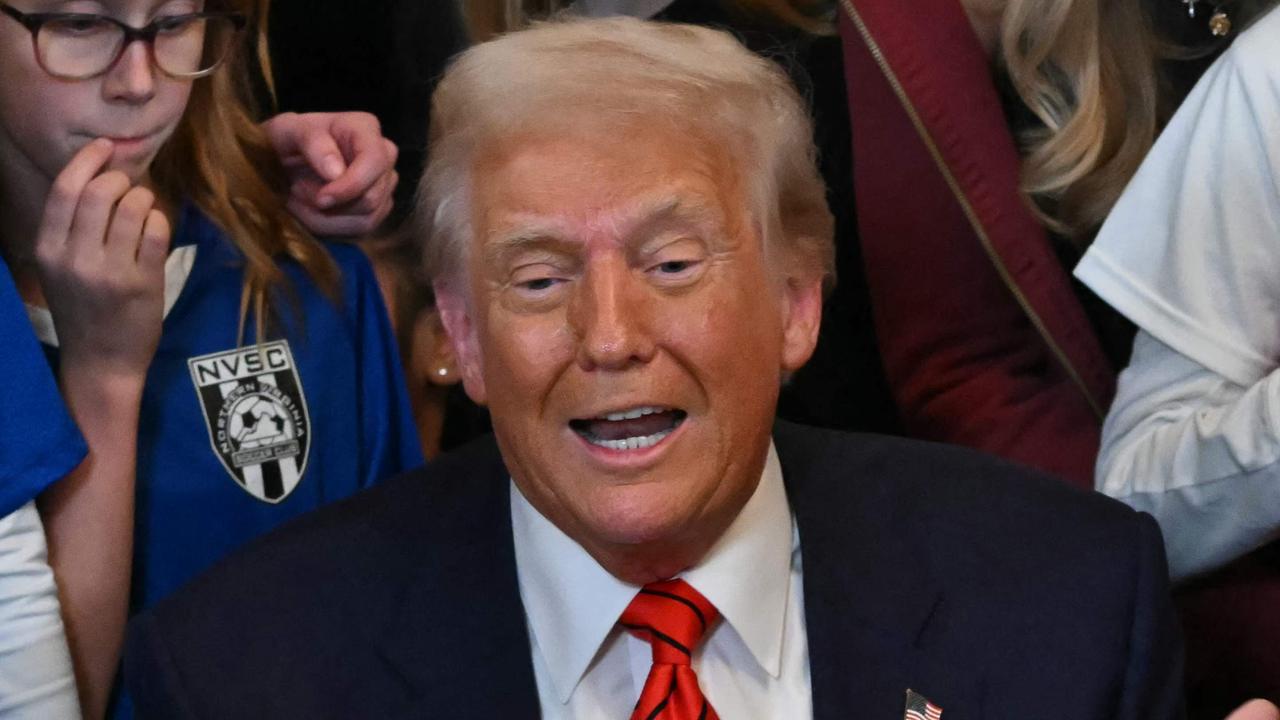Paul Starick: Afghanistan’s treasures will be plundered by the Taliban after the West’s shameful surrender
A few years after 9/11, Paul Starick visited Kabul and witnessed the horrifying cultural desecration of the Taliban. This is what to expect now they’re back in charge.
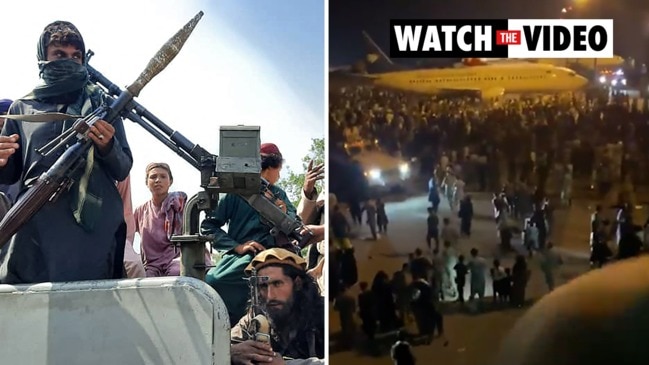
World
Don't miss out on the headlines from World. Followed categories will be added to My News.
If a nation stays alive when its culture stays alive, as the motto etched in stone outside Kabul’s museum defiantly declared, then Afghanistan is now about to die.
Back in September 2005, I was one of the few Australian journalists to visit Afghanistan to cover Operation Enduring Freedom – the multinational effort to rebuild Afghanistan and root out remaining Taliban and al-Qaida forces.
Travelling through Kabul with the-then defence minister Robert Hill’s convoy, in armoured four-wheel drives guarded by special forces soldiers, we donned body armour and helmets because of the ever-present threat of attack by Taliban or al-Qaida militia.
The starkest, most disturbing scene was not on Kabul’s war-torn, potholed and dusty streets, nor at the Australian SAS Task Group headquarters for 190 personnel in the country’s mountainous south.
Rather, the legacy of the medieval Taliban’s cultural vandalism at Afghanistan’s National Museum, 6km south of Kabul’s centre, remains indelibly etched in my memory.
Brave, dedicated historians were meticulously picking through the wreckage of earthen artefacts, in various states of disrepair, scattered across trestle tables in a museum anteroom.
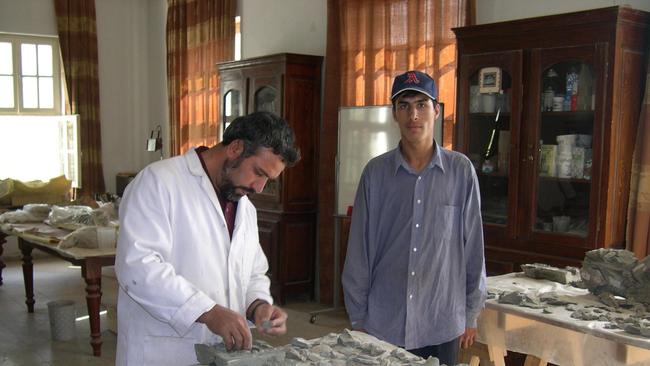
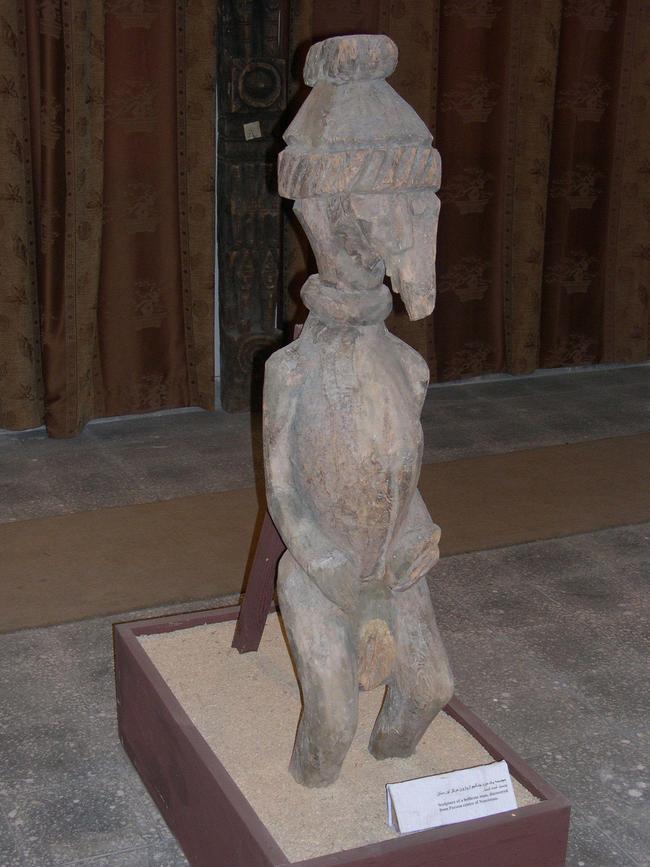
Male genitalia had been ripped from wooden statues – the Taliban’s cultural extremists had deemed the artwork offensive.
“Afghan culture is in danger,” warned a poster on the wall.
Before the Taliban was forced from Kabul in 2001 by western forces, the regime’s culture minister had supervised the destruction of many of the museum’s treasures.
The museum’s website mentions this shameful period only briefly: “Unfortunately a dark era came and not only destroyed the country, but also caused the collection to be looted and destroyed.”
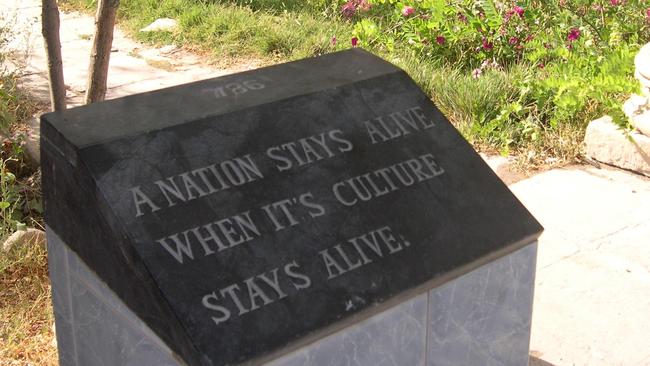
In this era, during several weeks from March, 2001, the Taliban dynamited the Buddhas of Bamiyan, two 6th-century statues carved into the side of a cliff in central Afghanistan. The malevolent destruction of this UNESCO world heritage-listed site disgusted the world and cast a global spotlight on the Taliban’s wickedness – months before the September 11 terror attacks that triggered Operation Enduring Freedom.
Even four years after Afghanistan’s liberation, in 2005 the twin ravages of war and a tyrannical government remained at the national museum. Ruins of conflict littered the grounds. Rusted old trains had been abandoned mysteriously at the rear. Across the road, a decaying palace was fenced with razor wire and pockmarked with shell and bullet holes.
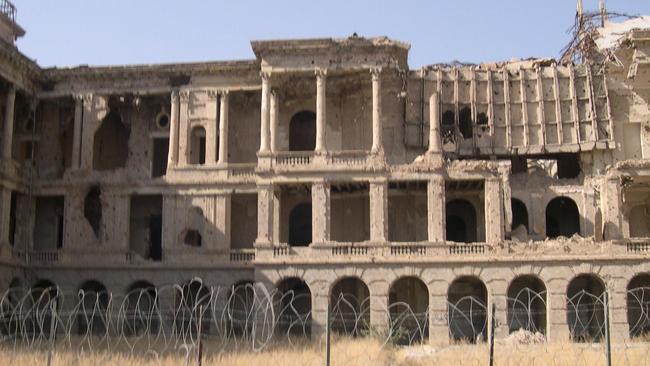
When civil war raged in Afghanistan during the 1980s, the museum was often on the frontline. Attacks on Kabul were often launched from the south, putting the museum in Darulaman right in the firing line.
The museum was frequently looted. By 1998, about 70 per cent of its exhibits were missing, including most of its gold and silver coin collections.
However, in August, 2003, the Afghan government announced the discovery of hidden treasure boxes which had been spirited away more than 25 years previously – during the Soviet invasion.
By 2005, an inventory project funded by the National Geographic Society had catalogued more than 22,000 objects, including ivory statues and gold and silver coins spanning a period of 2500 years.
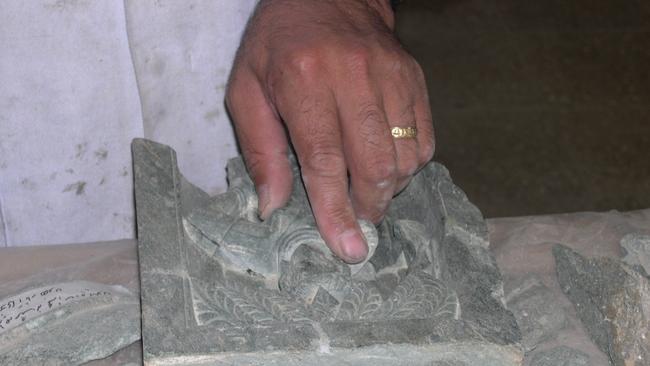
Judging from the museum’s website, this ethnography collection displaying the “rich culture, tradition and custom” of Afghan people has flourished, swelling to more than 7000 remarkable pieces.
The people rebuilding Afghanistan’s cultural heritage are among are among those who western nations, including Australia, have abandoned to the Taliban’s barbarism now Kabul has been recaptured.
Some hope the Taliban has changed, that exile in Pakistan and a quest for international acceptance has tempered their rapacious cruelty.
Anyone who has witnessed first-hand the extent of their wanton, warped devastation would severely doubt that this medieval regime can change for the better.
It makes you wonder whether the past 20 years of enormous cost for western nations, particularly in terms of lives sacrificed, has all been in vain.
More Coverage
Originally published as Paul Starick: Afghanistan’s treasures will be plundered by the Taliban after the West’s shameful surrender




